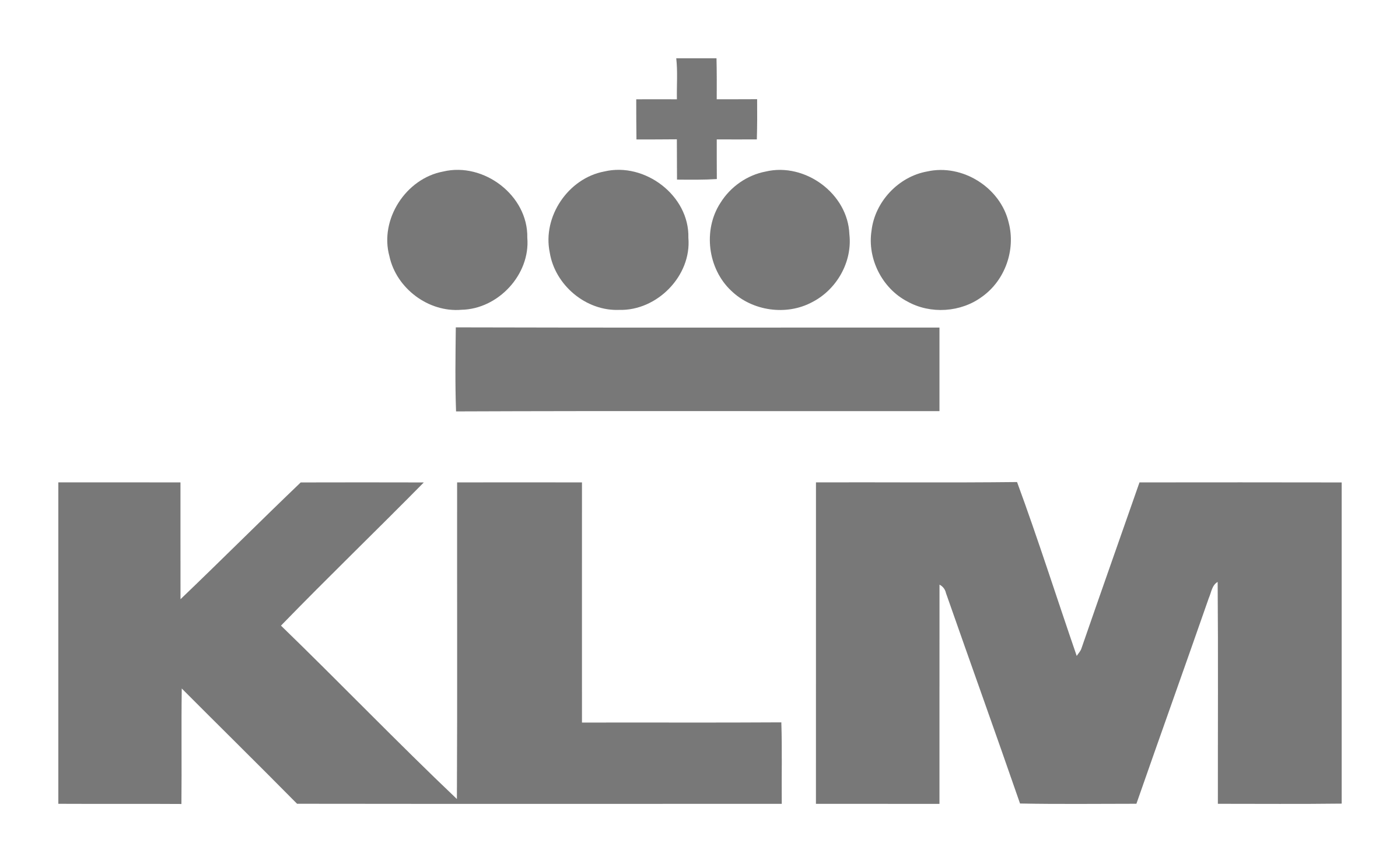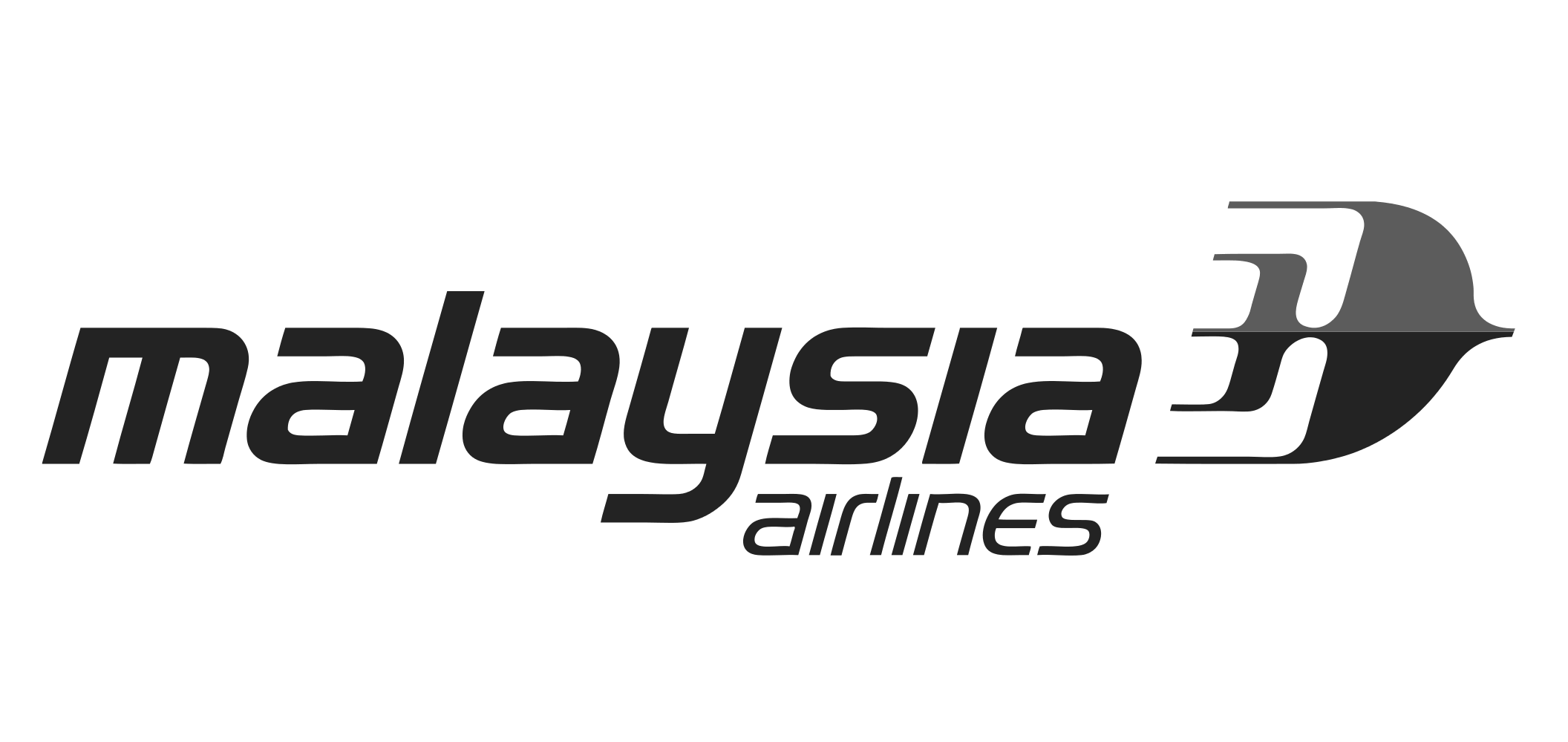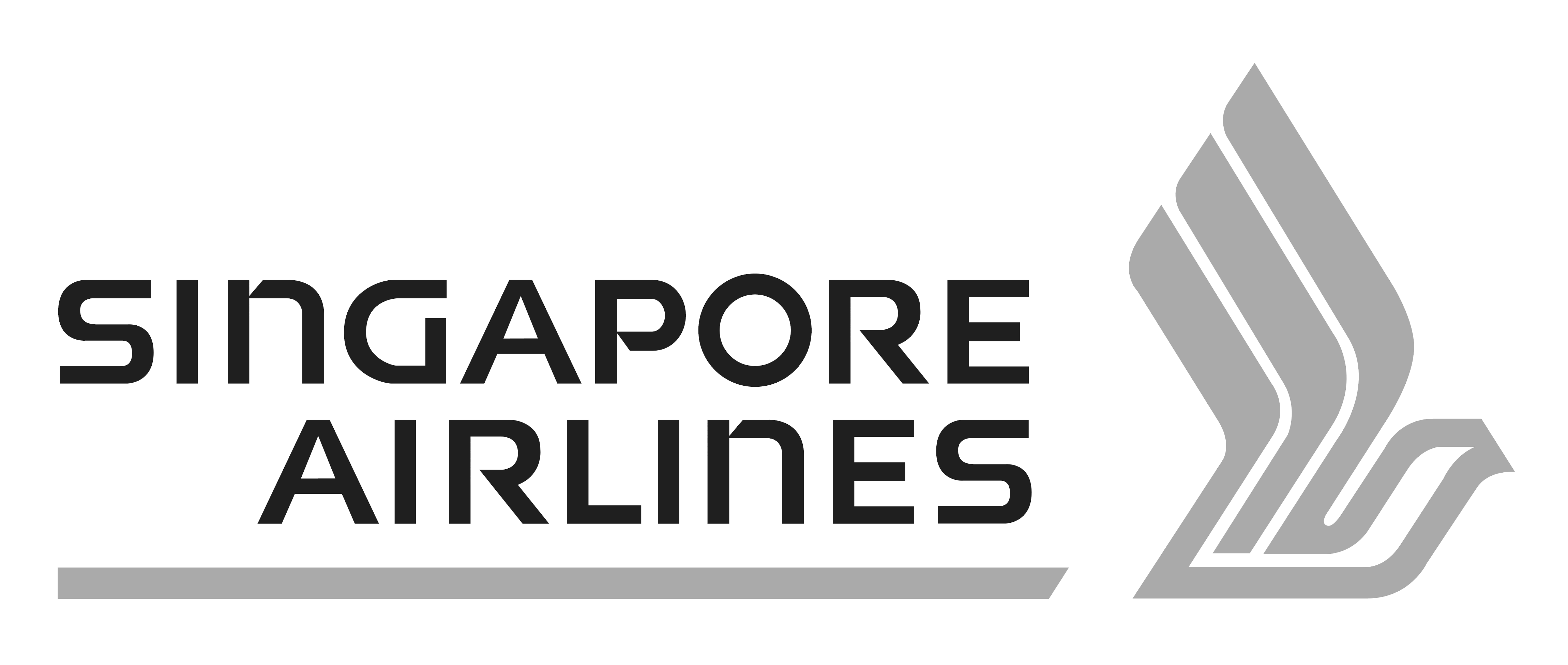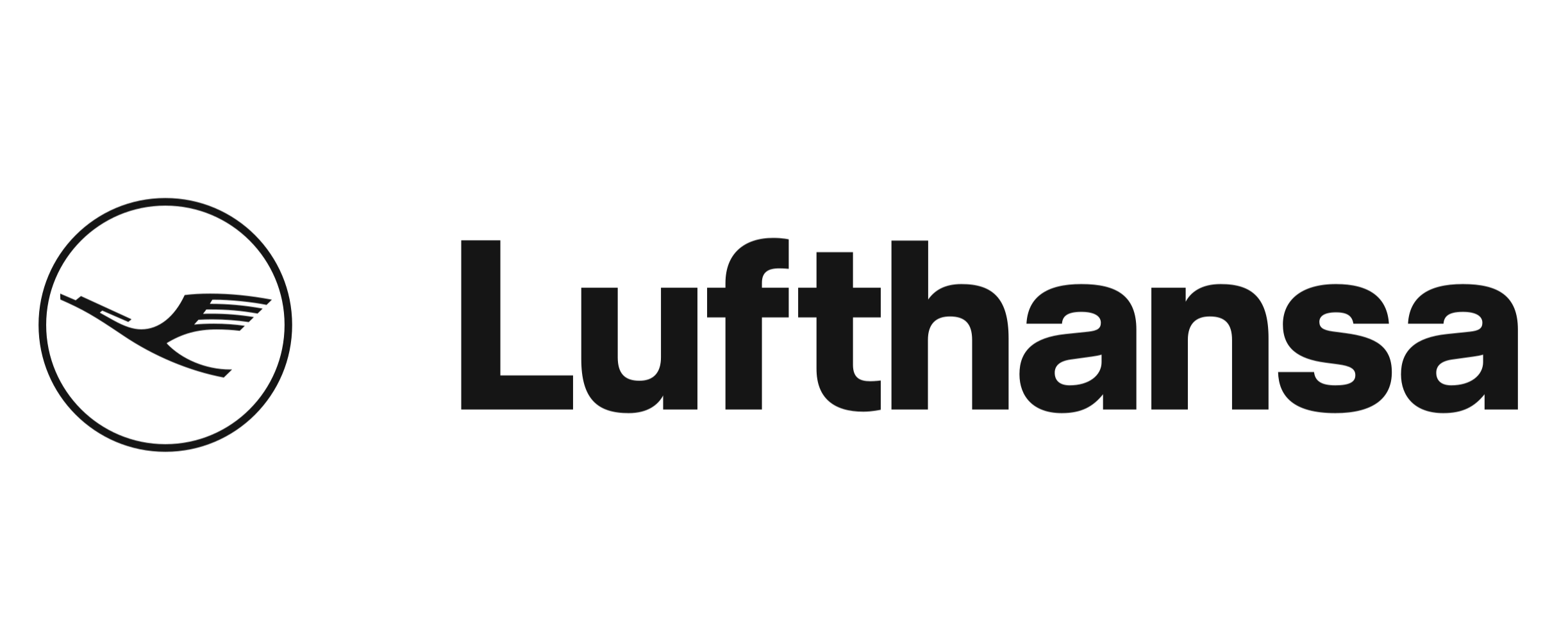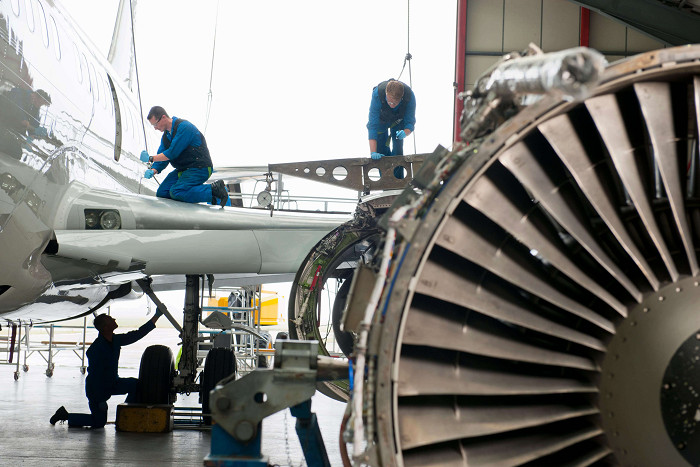Fuel Tank Safety
Phase 1 + 2 Continuation
Welcome back to Fuel Tank Safety Training, a comprehensive training designed for seasoned aviation professionals seeking recurrent knowledge in fuel tank safety. Previously, participants learned about critical aspects, exploring the historical backdrop, concepts, and essential safety considerations of fuel tank systems. Engaging content and real-world examples highlight the significance of Critical Design Configuration Control Limitations (CDCCL) and offer valuable insights into preventing ignition sources. All of these topics will be covered in this training as well. Building upon this foundational knowledge, Phase 1 + 2 continuation training takes participants on a deeper dive into the theoretical and practical facets of fuel tank safety. Aligning with FAA regulations such as SFAR 88 and JAA Temporary Guidance Leaflet TGL 47, this course incorporates theoretical fundamentals, specific examples, and practical insights.
Participants explore historical events shaping fuel tank safety, investigate major accidents, and familiarize themselves with Flammability Reduction Systems (FRS). By the end of this training, participants possess a profound understanding of historical events and theoretical foundations related to fuel tank safety. They demonstrate expertise in identifying and addressing potential hazards during maintenance, particularly in fuel tank systems.
This recurrent training elevates participants' expertise, contributing to the continuous improvement of aviation safety practices. Whether you're revisiting Phase 1 or advancing to Phase 2, Fuel Tank Safety Training ensures you stay well-equipped to navigate the evolving landscape of aviation safety.
This course includes
- 4 Lessons
- Voice Over
- Examination
- Course Certificate
Learning Objectives And Topics
Learning Objectives:
Upon successful completion of this module, participant is able to:
·
Explain the
history of events related to fuel tank safety issues;
·
Explain the
background and the concept of fuel tank safety;
·
Describe the
theoretical background behind the risk of fuel tank safety:
o The explosions of mixtures of fuel and air;
o The behavior of those mixtures in an aviation
environment;
o The effects of temperature and pressure;
o Energy needed for ignition; the ‘fire triangle’;
·
Describe the
major accidents related to fuel tank systems, the accident investigations and
their conclusions;
·
Explain
flammability reduction systems when installed: reason for their presence, their
effects, the hazards and safety precautions.
Learning objectives are to be achieved
through the following topics:
1. Introduction to Fuel Tank Safety
2. Historical Overview
3. The need for Fuel Tank Safety Training
4. Regulations (SFAR 88 and TGL 47)
5. Major Accidents
6. Basic Elements of Fuel Tank Safety
7. Concept of Fuel Tank Safety and CDCCL
8. Fire Triangle and Ignition Sources
9. Flammability Reduction Systems (FRS)
Top companies offer this course to their employees
This course was selected for our collection of top-rated courses trusted by businesses worldwide. Learn more
